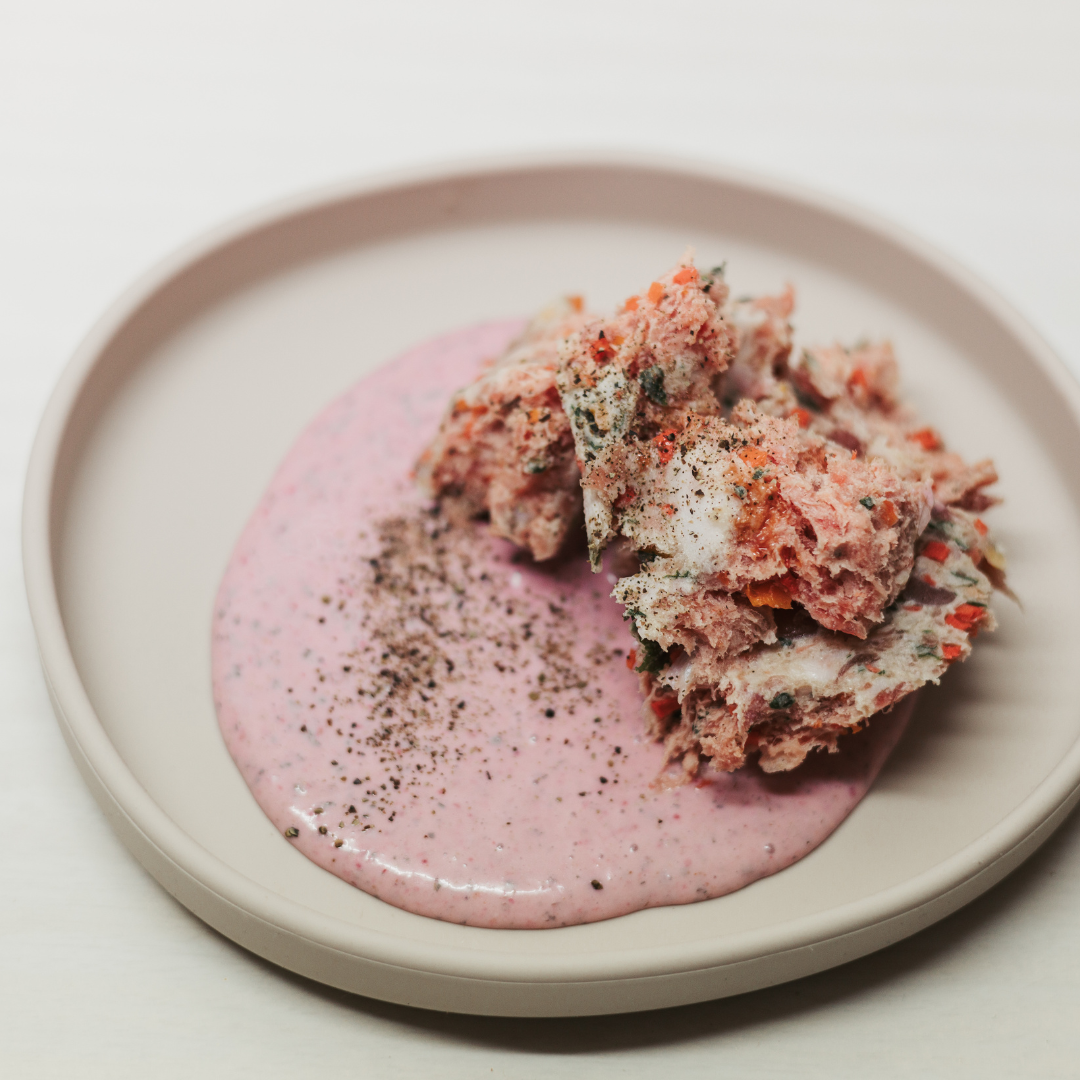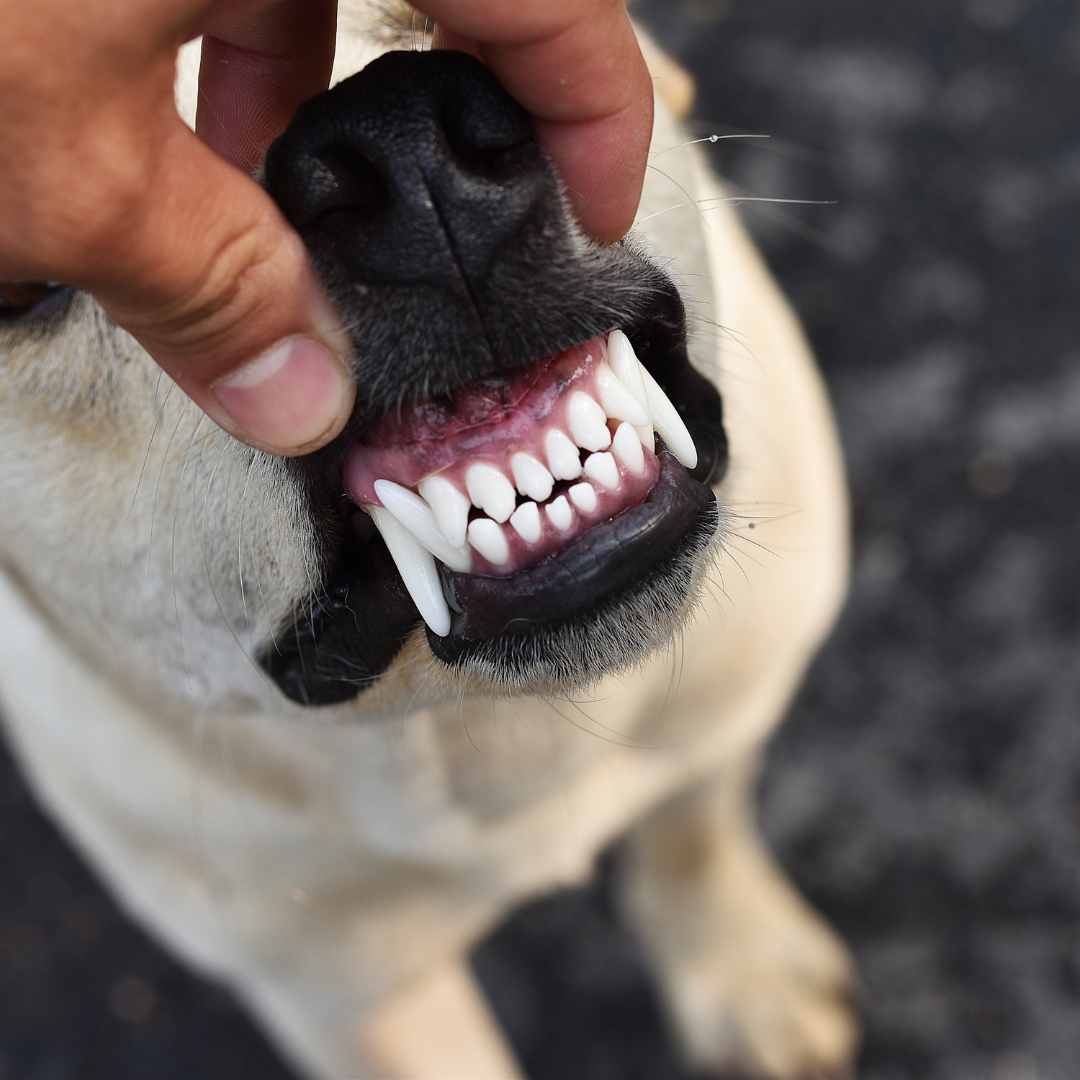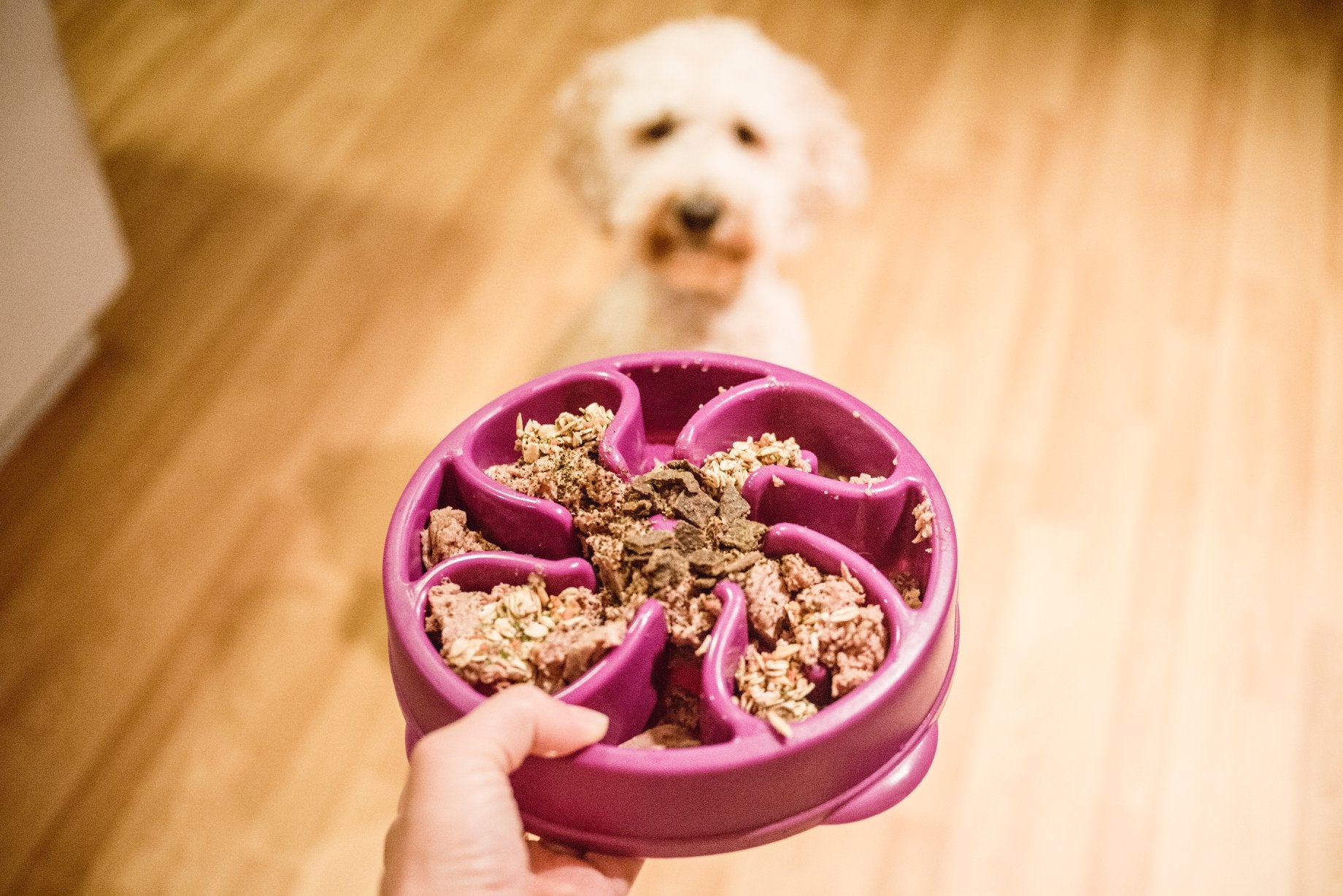Consuming a balanced diet, rich in whole foods, provides optimum nutrient diversity, and includes bioavailable sources of proteins, fats, and functional carbohydrates. We know that minimising processed foods containing synthetic nutrient fortification, preservatives, colours, and flavours promotes longevity and prevents disease. So, does this apply to our pets?
We know that the quality, quantity, and variety of foods we place in our bodies directly correlate with our health outcomes. Consuming a balanced diet, rich in whole foods, provides optimum nutrient diversity, and includes bioavailable sources of proteins, fats, and functional carbohydrates. We know that minimising processed foods containing synthetic nutrient fortification, preservatives, colours, and flavours promotes longevity and prevents disease. So, does this apply to our pets?
Studies are revealing that raw or lightly cooked whole-food diets, often referred to as BARF (Biologically Appropriate Raw Foods) or RMBD (Raw Meat-Based Diets), and targeted supplementation can relieve common conditions such as pruritis (itchy skin) [1], otitis (recurrent ear infections) [2], osteoarthritis [3], and periodontal disease [4]. But the benefits don't stop there. Research suggests that fresh diets can also help diversify the gut microbiome [5], and aid in the resolution of gastrointestinal upset [6].
While we actively encourage feeding a fresh food diet, we cannot stress enough the importance of doing so correctly, with the guidance and support of a Canine Nutritionist. Poorly formulated home-prepared diets (such as chicken, rice, and vegetables) will not meet your pet’s nutritional needs, and while feeding bones is an essential part of your pet’s fresh diet, feeding the incorrect type can risk injury.
If you want to learn more, are considering making the switch to a fresher diet, or are already feeding fresh foods, we can help you feel confident that the food you are feeding, and how you are feeding it is safe, scientifically validated, and meeting your pet’s nutritional requirements. We offer in-store advice, as well as in-depth meal planning, and diet formulation via our Nutrition Consultations.
If you suspect your pet is suffering from a health condition such as any of those mentioned in this article, we emphasise the importance of having them assessed by a Veterinarian.
-
Hemida, Manal BM, et al. "Puppyhood diet as a factor in the development of owner‐reported allergy/atopy skin signs in adult dogs in Finland." Journal of Veterinary Internal Medicine5 (2021): 2374-2383.
-
Hemida, Manal, et al. "Early life programming by diet can play a role in risk reduction of otitis in dogs." Frontiers in Veterinary Science10 (2023): 1186131.
-
Rialland, Pascale, et al. "Effect of a diet enriched with green-lipped mussel on pain behavior and functioning in dogs with clinical osteoarthritis." Canadian Journal of Veterinary Research1 (2013): 66-74.
-
Marx, F. R., et al. "Raw beef bones as chewing items to reduce dental calculus in Beagle dogs." Australian veterinary journal1-2 (2016): 18-23.
-
Kim, Junhyung, et al. "Differences in the gut microbiota of dogs (Canis lupus familiaris) fed a natural diet or a commercial feed revealed by the Illumina MiSeq platform." Gut Pathogens9 (2017): 1-11.
-
McCullough, Ricky W. "Expedited management of canine and feline vomiting and diarrhea. Observational study in 3952 dogs and 2248 cats using sucralfate-like potency-enhanced polyanionic phyto-saccharide—elm mucilage." (2013).




